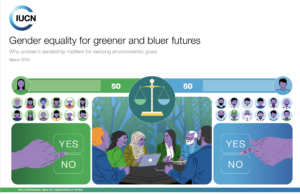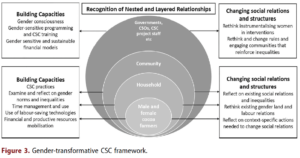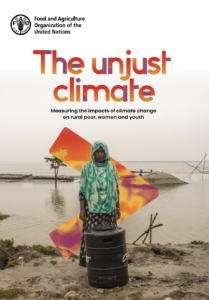There is a resurgence of interest in time-use research-driven, inter alia, by the desire to understand if development interventions, especially when targeted to women, lead to time constraints by increasing work burdens. This has become a primary concern in agriculture-nutrition research. But are time-use data useful to explore agriculture-nutrition pathways? This study develops a conceptual framework of the micro-level linkages between agriculture, gendered time use, and nutrition and analyzes how time use has been conceptualized, operationalized, and interpreted in agriculture-nutrition literature on low- and middle-income countries (LMICs). The paper argues that better metrics, but also conceptualizations and analytics of time use, are needed to understand gendered trade-offs in agriculture-nutrition pathways. In particular, the potential unintended consequences can be grasped only if the analysis of time use shifts from being descriptive to a more theoretical and analytical understanding of time constraints, their trade-offs, and resulting changes in activity
Authors: Sara Stevano, Suneetha Kadiyala, Deborah Johnston, Hazel Malapit, Elizabeth Hull & Sofia Kalamatianou
To cite this article: Sara Stevano, Suneetha Kadiyala, Deborah Johnston, Hazel Malapit, Elizabeth Hull & Sofia Kalamatianou (2018): Time-Use Analytics: An Improved Way of Understanding Gendered Agriculture-Nutrition Pathways, Feminist Economics, DOI: 10.1080/13545701.2018.1542155
To link to this article: https://doi.org/10.1080/13545701.2018.1542155
Source: Feminist Economics



